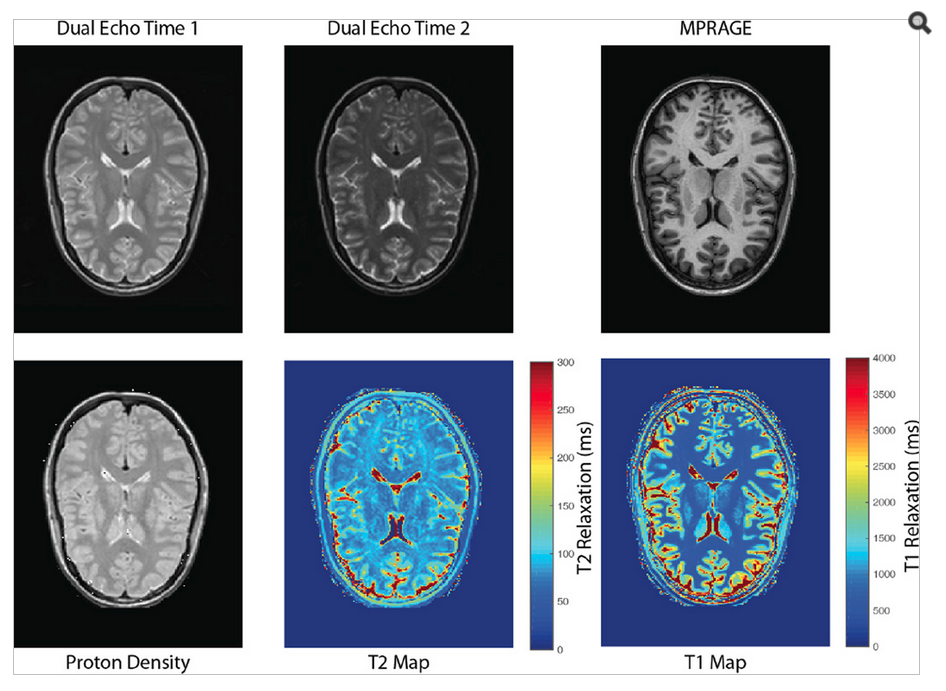One the Fallacy of Quantitative Segmentation for T1-Weighted MRI.
Andrew J. Plassard, Robert L. Harrigan, Allen T. Newton, Swati D. Rane, Srivatsan Pallavaram, Pierre F. D’Haese, Benoit M. Dawant, Daniel O. Claassen, Bennett A. Landman. “One the Fallacy of Quantitative Segmentation for T1-Weighted MRI.” In Proceedings of the SPIE Medical Imaging Conference. San Diego, California, February 2016. Oral presentation.
Full Text: https://www.ncbi.nlm.nih.gov/pmc/articles/PMC4845960/
Abstract
T1-weighted magnetic resonance imaging (MRI) generates contrasts with primary sensitivity to local T1 properties (with lesser T2 and PD contributions). The observed signal intensity is determined by these local properties and the sequence parameters of the acquisition. In common practice, a range of acceptable parameters is used to ensure “similar” contrast across scanners used for any particular study (e.g., the ADNI standard MPRAGE). However, different studies may use different ranges of parameters and report the derived data as simply “T1-weighted”. Physics and imaging authors pay strong heed to the specifics of the imaging sequences, but image processing authors have historically been more lax. Herein, we consider three T1-weighted sequences acquired the same underlying protocol (MPRAGE) and vendor (Philips), but “normal study-to-study variation” in parameters. We show that the gray matter/white matter/cerebrospinal fluid contrast is subtly but systemically different between these images and yields systemically different measurements of brain volume. The problem derives from the visually apparent boundary shifts, which would also be seen by a human rater. We present and evaluate two solutions to produce consistent segmentation results across imaging protocols. First, we propose to acquire multiple sequences on a subset of the data and use the multi-modal imaging as atlases to segment target images any of the available sequences. Second (if additional imaging is not available), we propose to synthesize atlases of the target imaging sequence and use the synthesized atlases in place of atlas imaging data. Both approaches significantly improve consistency of target labeling.
